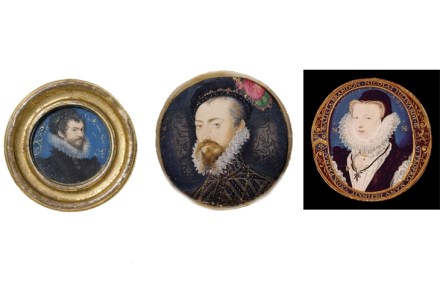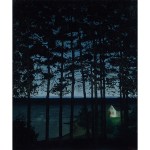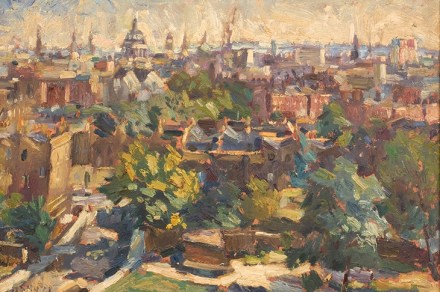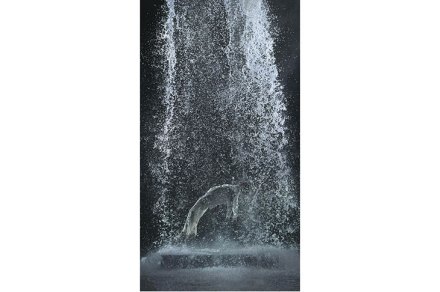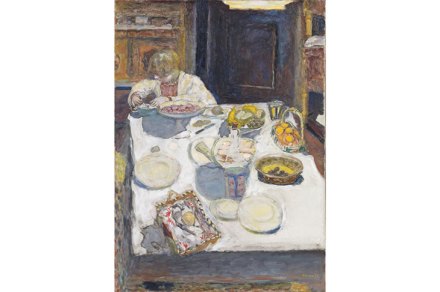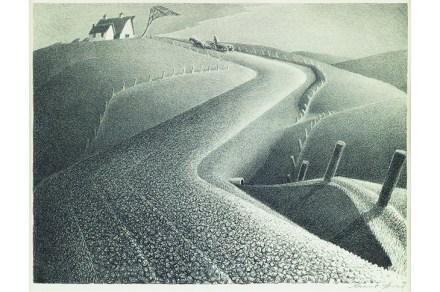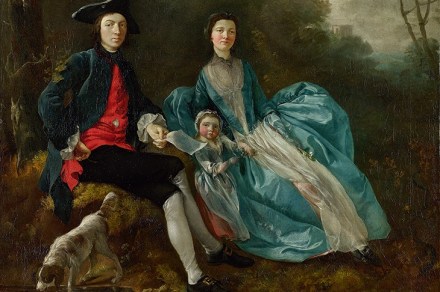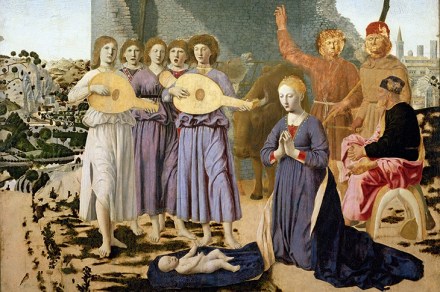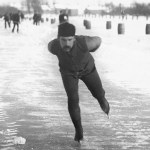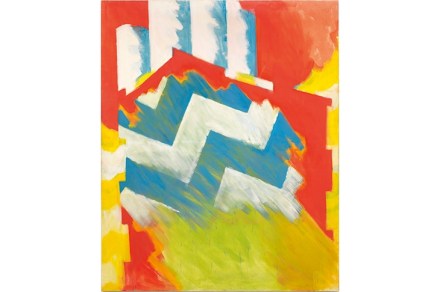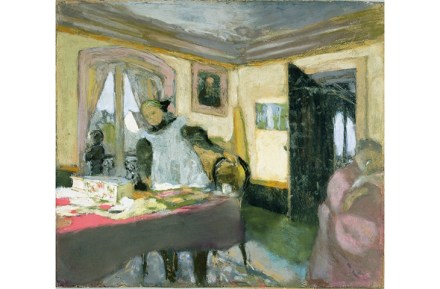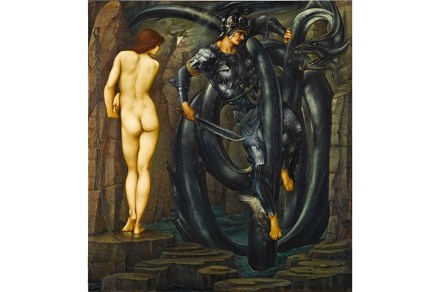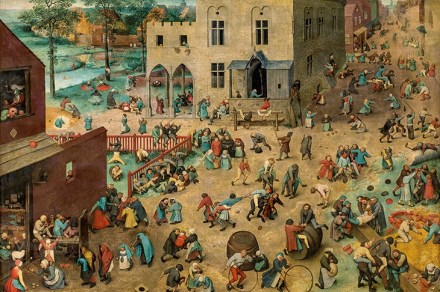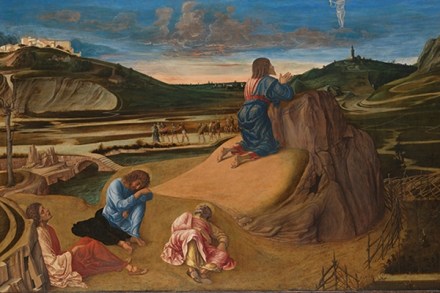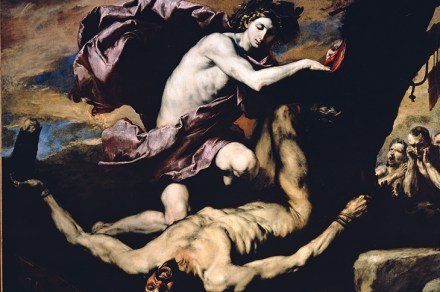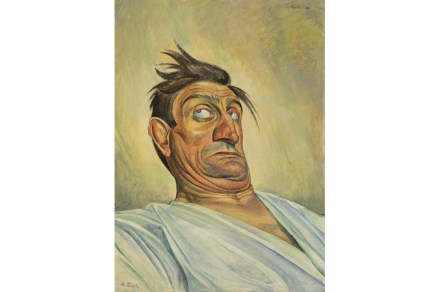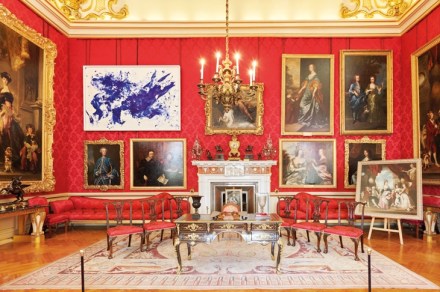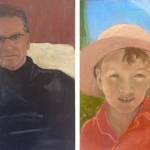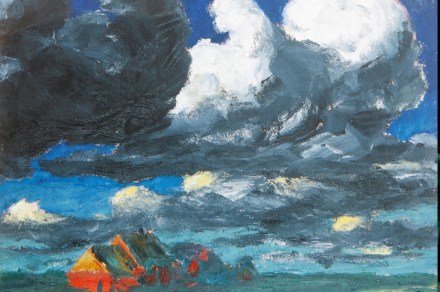Small wonders | 21 February 2019
When Henry VIII died in 1547, he left a religiously divided country to a young iconoclast who erased a large part of its visual culture. In a brief six years the government of Edward VI effectively whitewashed over England’s native heritage of sacred art, leaving a country already reliant on foreign painters for its royal portraits bereft of an artistic identity. Artistically speaking, Tudor England was the sick man of Europe — and the signs of recovery, when they first appeared, were tiny. Nicholas Hilliard, born in the year of Henry VIII’s death, paradoxically owed his art education to his family’s Protestantism. The son of an Exeter goldsmith swept up
